Jatiluwih As World Cultural Heritage by UNESCO, July 2012
- 12 Maret 2016
- 09:36 WITA
- Tourism
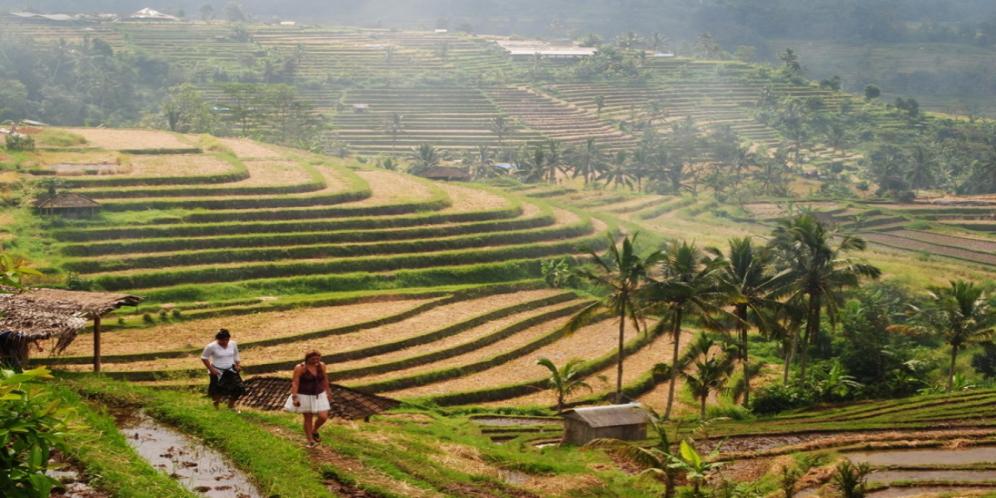
Jatiluwih As World Cultural Heritage by UNESCO, July 2012
Bali is part of the Indonesian archipelago, located between eight and nine degrees south of the equator. Covers an area of 563.300 hectares, including three offshore islands. The island has long been characterized in the world as the last "paradise" on the Earth, whose inhabitants have exceptional artistic talent and devote enough time and material for traditional ceremonies for the sake of Hindu deities they worship. Therefore, the relationship between the tangible aspects (scale) and intangible (noetic) is a major aspect of the heritage and culture of Bali.
The combination of tropical climate, rainfall and fertile volcanic soil make Bali an ideal place for the cultivation of plants, including the growing of rice, coconut, cloves and coffee. This agricultural activity has a great influence on the landscape of Bali, particularly rice terraces in the creation of the steps. Over the last thousand years, the Balinese modification of agricultural land in order to adjust to the conditions of their island, with terracing on hillsides and digging canals to irrigate the land, thus allowing them to grow rice.
An elaborate irrigation system have been made to utilize the water as much as possible. In a form of gratitude to water, which allows agricultural activities, the Balinese make offerings in the spring. The irrigation system also allows coordination known as "Subak". The organization is a democratic organization in which the farmers whose fields are fed by the same source of water, meet regularly to coordinate the planting, to control the distribution of irrigation water and to plan for the construction and maintenance of canals and dams, as well as arranging the offering ceremony and celebration at Temple Subak.
Landscape of Bali Province culture has a special characteristic. Which consists of rural and terraced rice fields. It can be found in the system Jatiluwih Subak, and the temple. Landscape of Bali Province culture is a unique entity which takes place from Balinese philosophy Tri Hita Karana. Basically, this philosophy asserts that happiness, prosperity, and peace can only be achieved in God, Man and Nature live in harmony. Rules of this philosophy is an exceptional example of a harmonious relationship between the supernatural (God), people and nature. Some temple that characterizes the landscape and ceremonies performed there is a form of Balinese people's desire to seek a harmonious relationship with God. Socio-religious organization that is responsible for maintaining the landscape, including Subak irrigation organization, is a vehicle to maintain a good relationship among human beings. Meanwhile, how to build Bali, such as choosing the location of the temple and its design, build irrigation facilities, and make the rice terraces, show a commitment to maintain a harmonious relationship with the environment.
The United Nations Educational, Scientific and Cultral Organization (UNESCO) has been decide Jatiluwih as World Cultural Heritage on July 6, 2012.
Nomination to the UNESCO world heritage began in 2003. After a long process and meet all the conditions then WBD Bali propose to UNESCO and officially established in accordance with the inscription dated July 6, 2012.
Determination of Jatiluwih area as a world heritage includes 14 Subak, 11 village offices, 9 as well as the traditional village with Angga Batukau chess. Where overall Subak has an area 2,372 ha, 3,545 ha plantation, forest 9316 ha, 317 ha settlement, as well as shrubs and fields 475 ha with a total area of 17 336 ha.
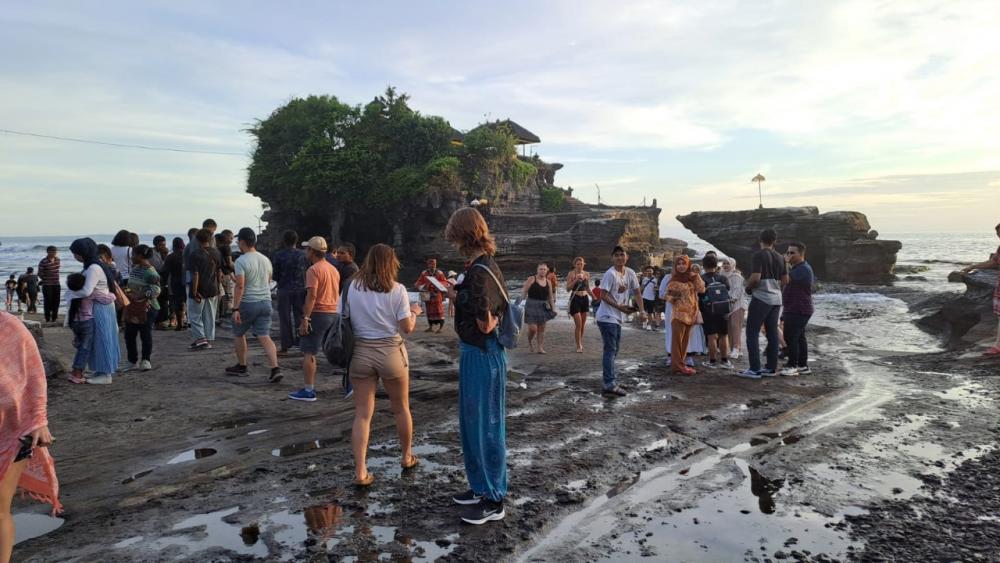
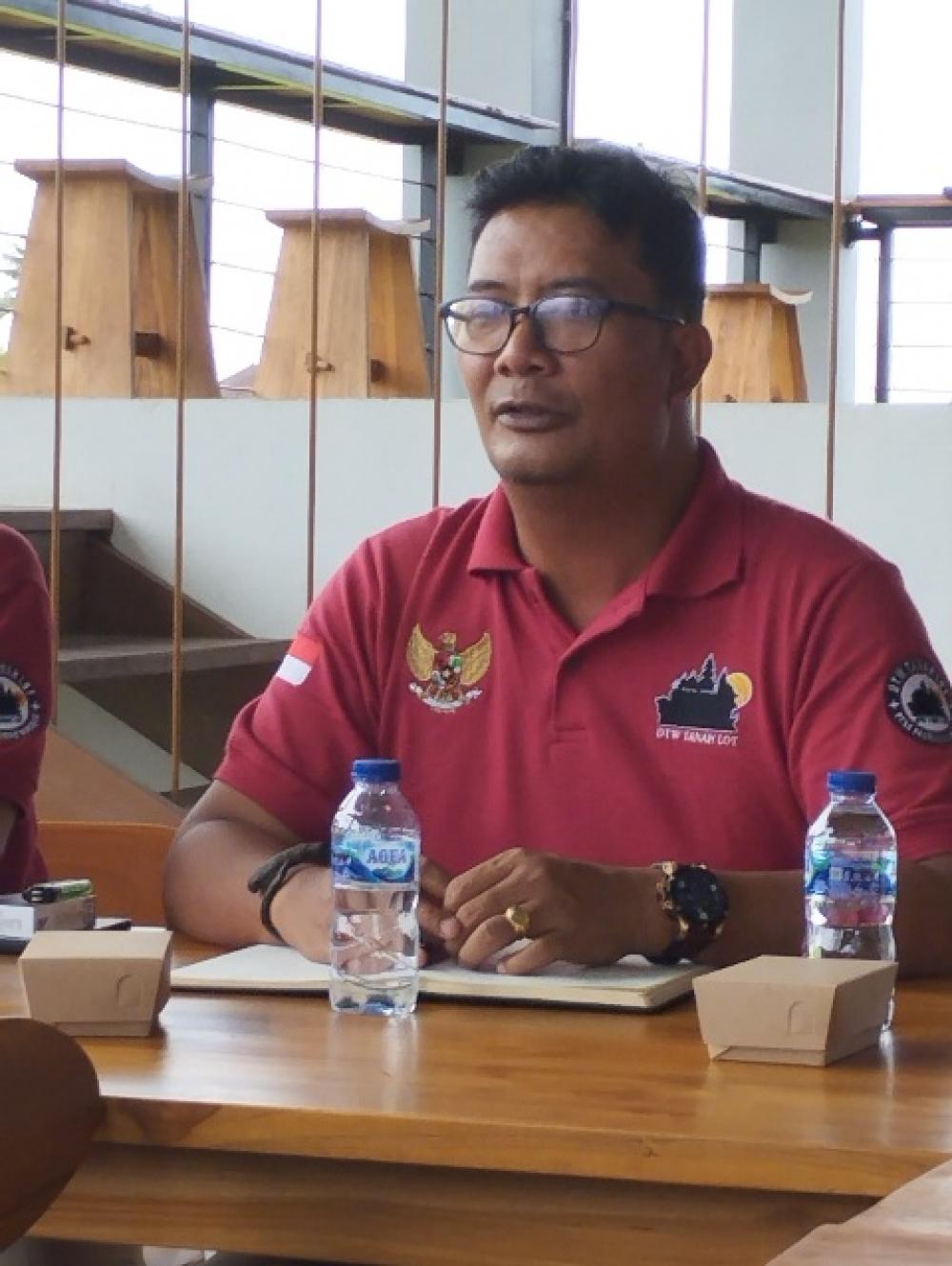
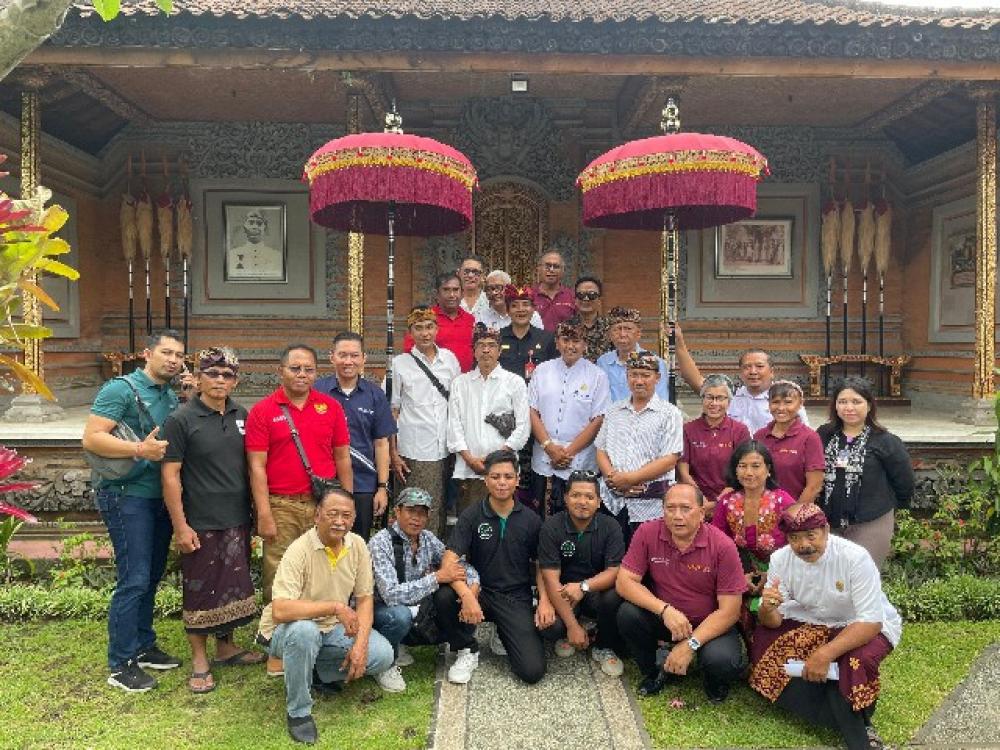






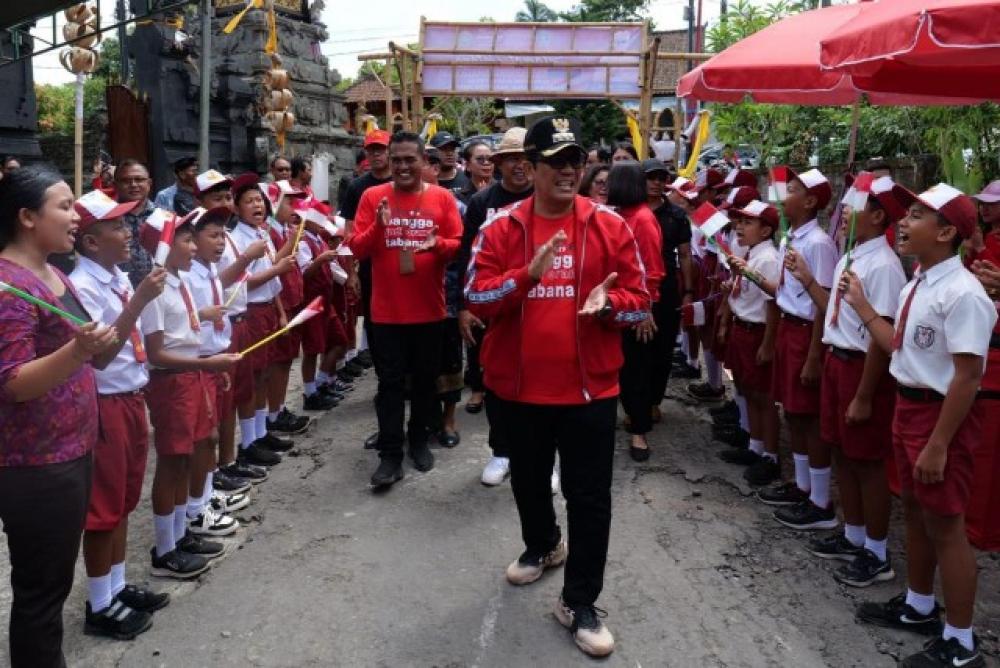
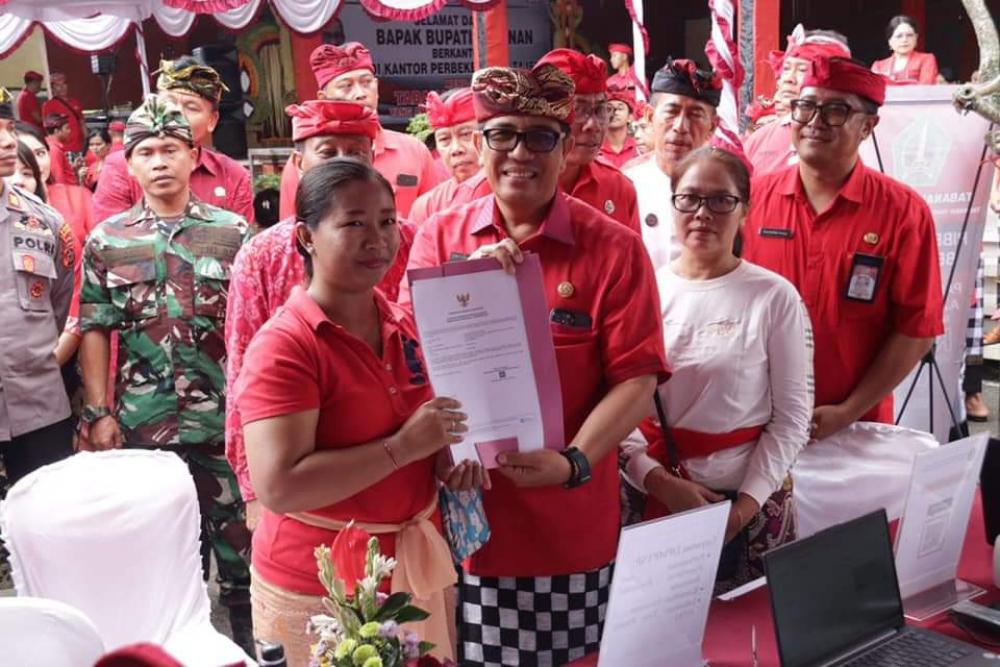
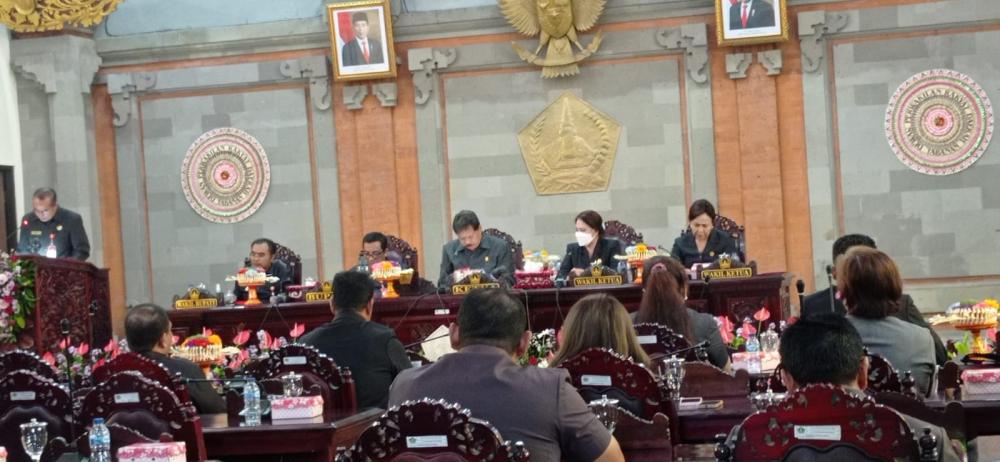
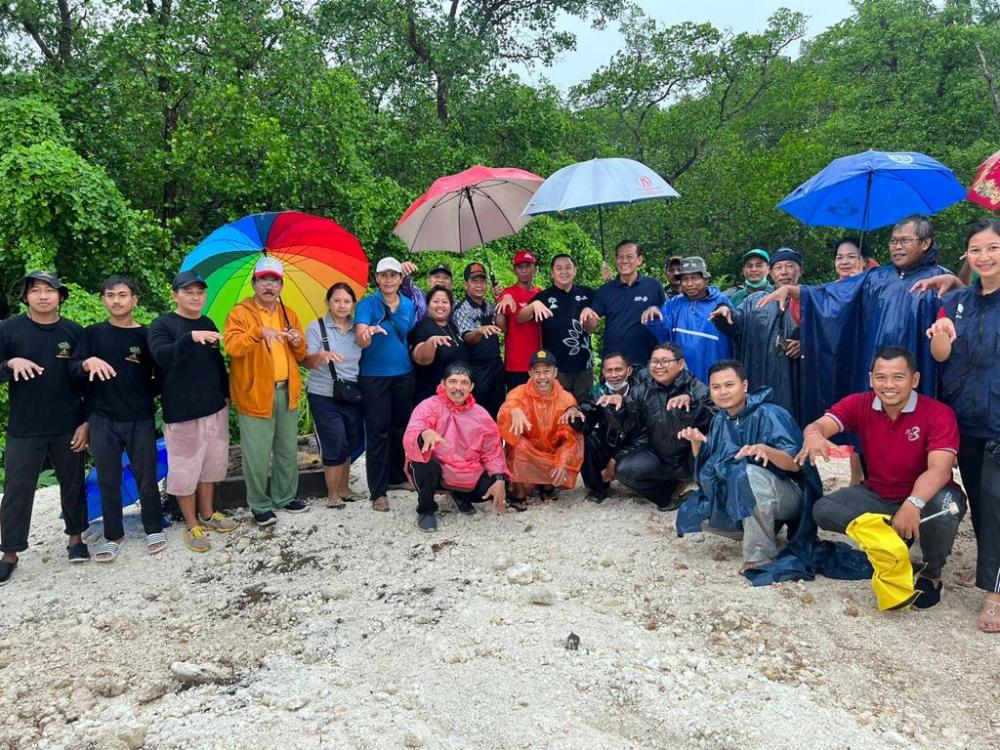
Komentar